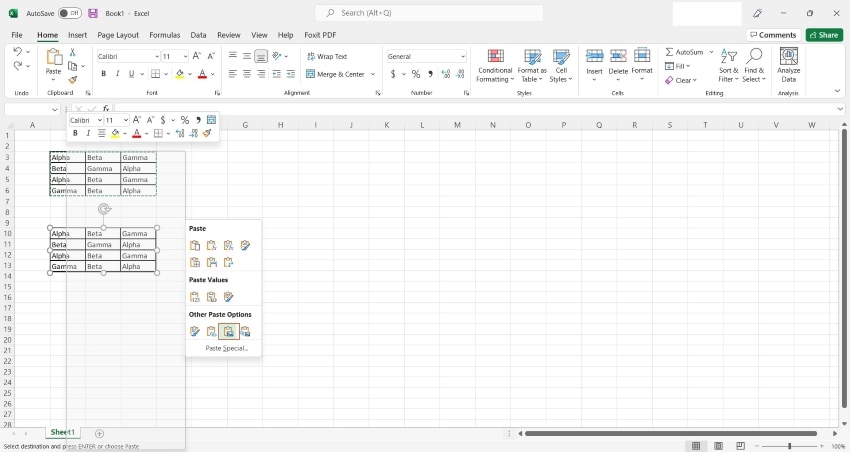


Semiconductor thermocouples created in Russia convert heat directly into electricity just as a complex system consisting of a steam boiler, a steam engine and a generator does it. They saw in them a means of solving an old engineering problem, namely, that of direct conversion of heat into electricity without boilers or machines. Russian engineers and scientists turned their attention to semiconductors many years ago. parts, and on the other hand, they are capable of generating heat or cold from electricity. On the one hand they may be used to transform light and heat energy directly into electric energy without any complex mechanism with moving. The semiconductor devices are applied for transmission of signals, for automatic control of a variety of processes, for switching on engines, for the reproduction of sound, protection of high-voltage transmission lines, speeding up of some chemical reactions, and so on. Such dependence of conductivity on heat and light has opened up great possibilities for various uses of semiconductors. Generally speaking, they are so sensitive that a heated object can be detected by its radiation.

Just as they are influenced by falling light, semiconductors are also influenced by all radiation. With the help of a ray of light directed at a semiconductor, we can start or stop various machines, effect remote control, and perform lots of other useful things. Its electrical properties may greatly change when it is exposed to light. Heat is by no means the only phenomenon influencing semiconductors.
WHAT ARE OTHER WORDS FOR ROTATE FREE
As a semiconductor is heated, free electrons in it increase in number, hence, its conductivity increases as well. It is well known that their conductivity increases with heating and falls with cooling. Minerals and crystals appear to possess some unexpected properties. In semiconductors electrons are fixed, too, but the connection is so weak that the heat motion of the atoms of a body easily pulls them away and sets them free. In metals all electrons are free and in insulators they are fixed. Like metals, they conduct electricity but they do it less effectively. Semiconductors include almost all minerals, many chemical elements, a great variety of chemical compounds, alloys of metals, and a number of organic compounds. These materials conduct electricity less readily than conductors but much better than insulators. There are materials that really occupy a place between the conductors of the electric current and the non-conductors.


 0 kommentar(er)
0 kommentar(er)
